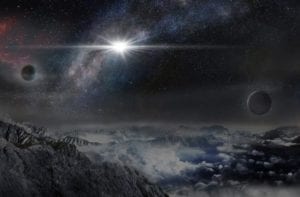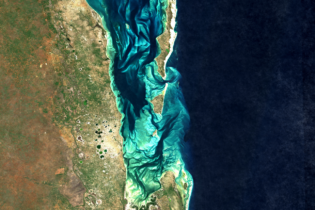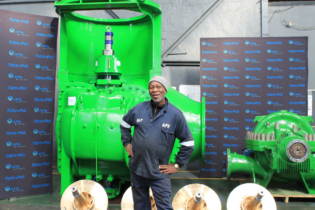The Southern African Large Telescope (SALT) today played a significant role in unveiling the largest explosion ever recorded in human history in the form of the ASSASSN-15lh supernova. The cosmic explosion is 200 times more powerful than a typical supernova, and 570 billion times brighter than our sun.
According to Dr Steven Crawford, SALT Science Data Manager, “We could identify how bright the explosion was until we could determine how far away it was.” This was achieved with spectroscopic observations taken by SALT. Says Crawford: “Several other telescopes were watching the ASSASSN-15lh supernova, but owing to SALT’s capability, it was the first telescope able to establish how far away it was.” Redefining our understanding A press release issued by SALT, stated that at its peak intensity, the explosion shone with 570 billion times the brightness of the Sun, 20 times the entire output of the 100 billion stars comprising our Milky Way galaxy. Crawford emphasised that the interest of this supernova is the lack of model to account for the record-breaking intensity of the luminosity. “It is the first time we have seen anything like it, and it is very exciting. We don’t know what is fuelling the explosion, and it will require further observation by SALT.” “ASASSN-15lh is the most powerful supernova discovered in human history,” said the study’s lead author Subo Dong an astronomer at the Kavli Institute for Astronomy and Astrophysics at Peking University, in the release. “It provides a great puzzle – it challenges all our previous theories of explosion mechanisms and power sources of superluminious supernovae.”International cooperation
“This discovery is the result of international cooperation, between the US, China and South Africa, and we are hopeful that this cooperation will grow in the future,” says Crawford. “This impressive result highlights the strengths of SALT and the benefits of Chinese-South African collaboration in astronomy, and we are looking forward to strengthening such collaboration in future,” adds Petri Vaisanen, head of science operations at SALT. “All heavy elements were created in explosions like this,” explains Crawford. “Discoveries like this improve our understanding of fundamental physics, which has a positive bearing on the development of technology.” We have the technology SALT’s contribution to science today, while a luminous feather in South Africa’s cap, is dimmed by the state of crises in the economy. It proves our capacity for both the advancement of science and technology, and entering into positive international partnerships. It is a reminder that we rank among the finest scientific and engineering minds in the world. It is time we put our skills into creating sustainable infrastructure projects that will transform our economy too.







